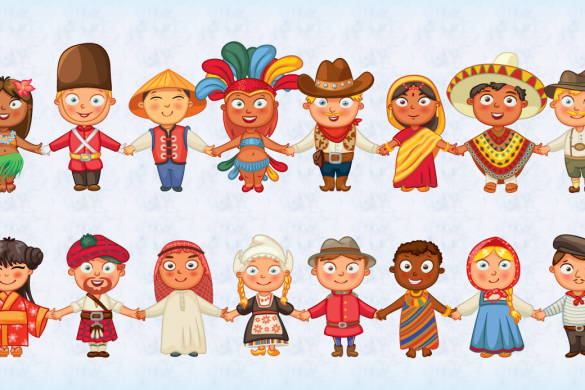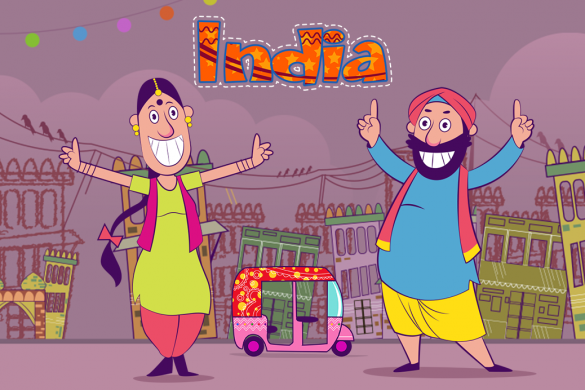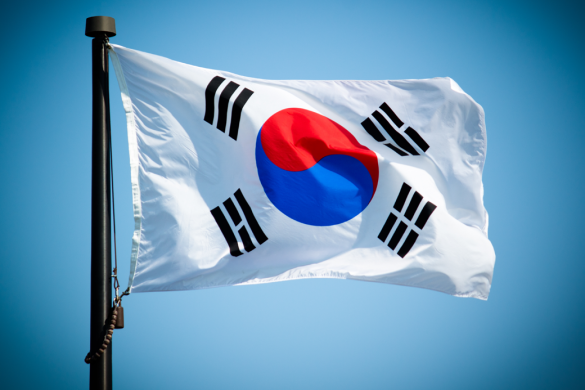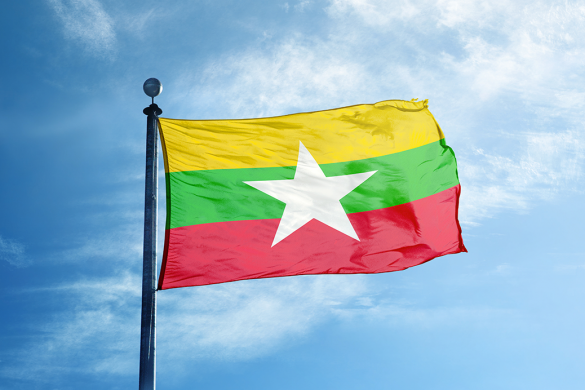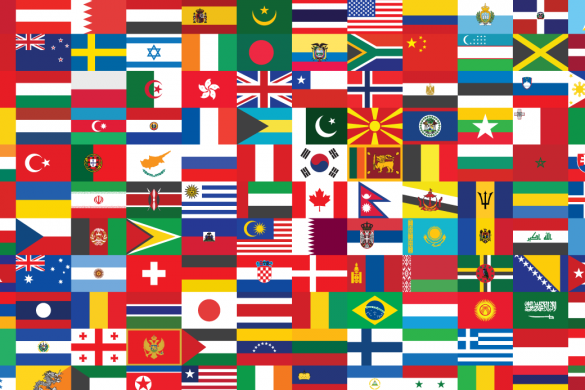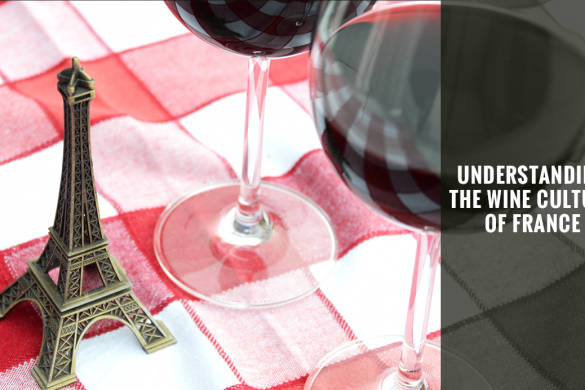Flags are invested in emotions just like all symbols of identity. Last time, we discussed the flag of South Africa. This time, we have picked the colourful flag of Mauritius. Read on to know all about it…
Mauritius was kept in isolation until 1598 and even today, many people don’t know where exactly it is located. It is between southern Africa and Australia. It is overshadowed by Madagascar and being nearest to Africa, it is considered part of the African region. The Mauritius flag slightly resembles a rainbow and every individual from Mauritius is attached to an abstract collective entity – a metaphoric kin group through this flag.
The meaning of flags are both historically rooted and based on contemporary usage, so let’s take a look at what Mauritius’ flag stands for. Mauritius was long under colonial rule by both the British and the French, like several other islands in the Indian Ocean. The national flag reflects the unique culture of the nation. It was chosen in anticipation of independence from colonial rule, which took place on March 12, 1968. It is also the date that the first flag was hoisted. Before gaining independence, Mauritius displayed the typical colonial flags of the British Empire — the Union Jack, version of the British Blue Ensign with a badge representing the colony and the British Red Ensign.
The current flag of Mauritius was adopted upon independence. It has four equal width horizontal stripes and is nicknamed ‘four bands’. The four bands are red, blue, yellow and green in descending order. Each colour on the flag has a meaningful representation of the country.
Red stands for the bloodshed, independence and freedom, blue for the Indian Ocean that surrounds the island, yellow for the light of independence shining over the nation and green for the agriculture and lush vegetation of the nation based on its subtropical weather.
There is also a second interpretation of what the colours of the flag stand for. It is believed to denote the different religious and ethnic groups that are part of the nation. According to this belief, red stands for the Hindus, blue for the Catholics, yellow for the Tamilians and green for the Muslims. Another interpretation states that yellow stands for the Chinese, which indicates the conflicting discourse regarding ethnicities in Mauritius.
Stay tuned for more interesting trivia in our Colour and Culture series!


